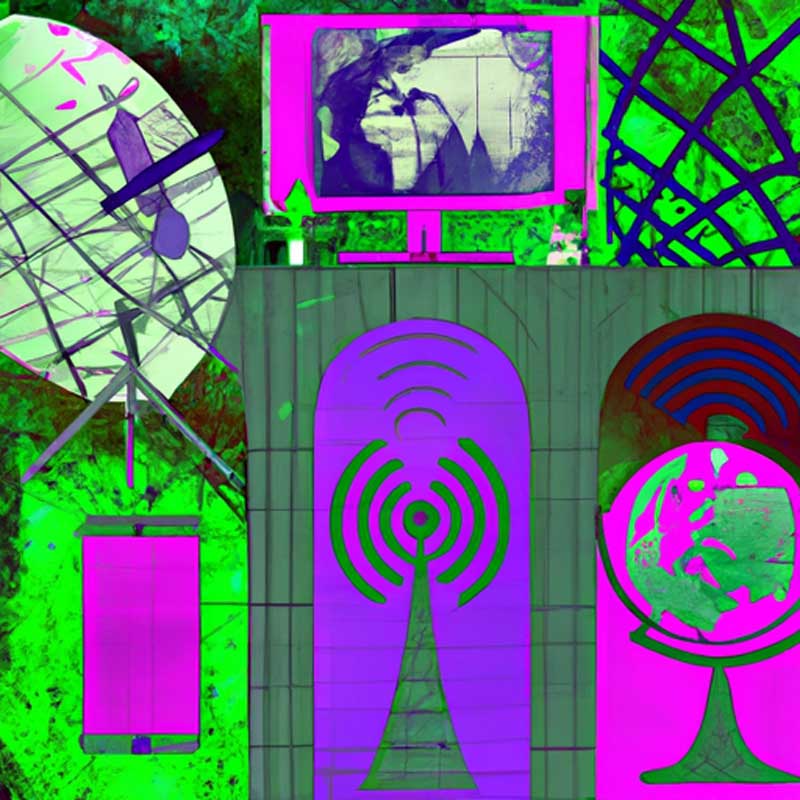TLDR:
Key Points:
- Amara’s Law states that society tends to overestimate short-term impacts and underestimate long-term impacts of new technologies, like AI.
- Higher education institutions, like HBCUs, face challenges in integrating AI due to resource constraints and digital divides.
The rise of AI in higher education requires infrastructure investments, digital literacy, and support for users to ensure responsible and effective implementation.
Institutions like Norfolk State University and South Carolina State University are already implementing AI-powered solutions with success.
Article Summary:
Amara’s Law suggests that society often underestimates the long-term impact of new technologies like AI. Higher education institutions, particularly HBCUs, are facing challenges in integrating AI due to resource constraints and existing digital divides in education. The need for infrastructure investments, digital literacy, and support for users is essential for responsible and effective implementation of AI in education.
Institutions like Norfolk State University and South Carolina State University are already seeing success in implementing AI-powered solutions. For example, Norfolk State University partnered with the Yale Center on Emotional Intelligence and chatbot developer Mainstay to create a culturally relevant chatbot that has improved student outcomes. South Carolina State University is developing data infrastructure to support student success through AI.
Overall, the integration of AI will require tailored approaches for different institutions based on campus cultures, student demographics, and missions. With the right support and resources, higher education institutions can effectively navigate an AI-enabled future.
